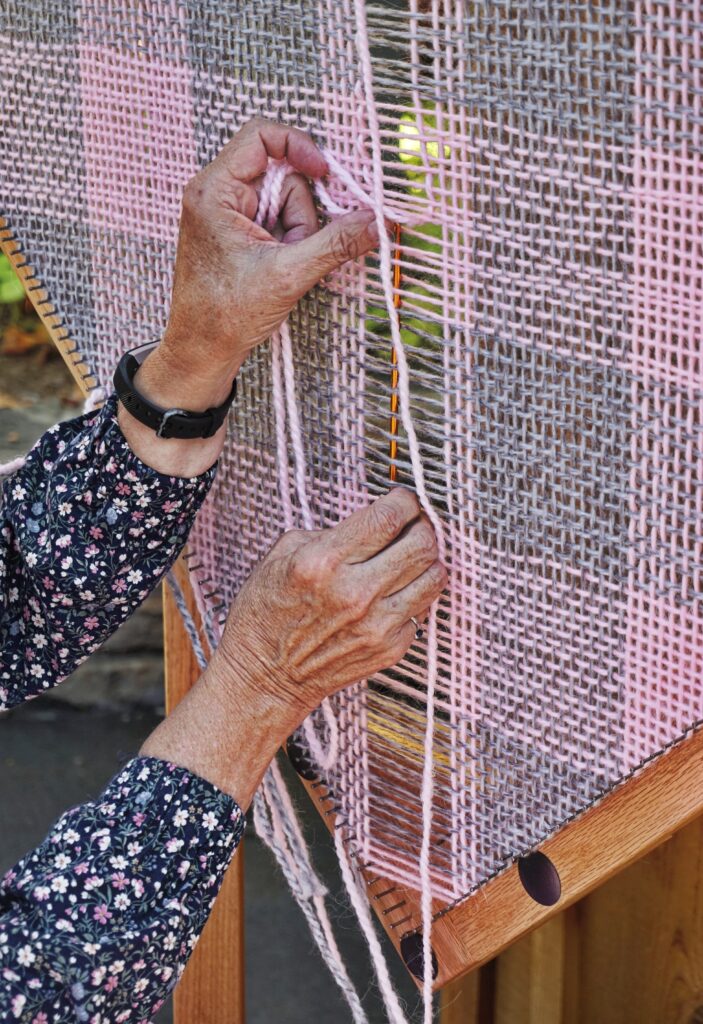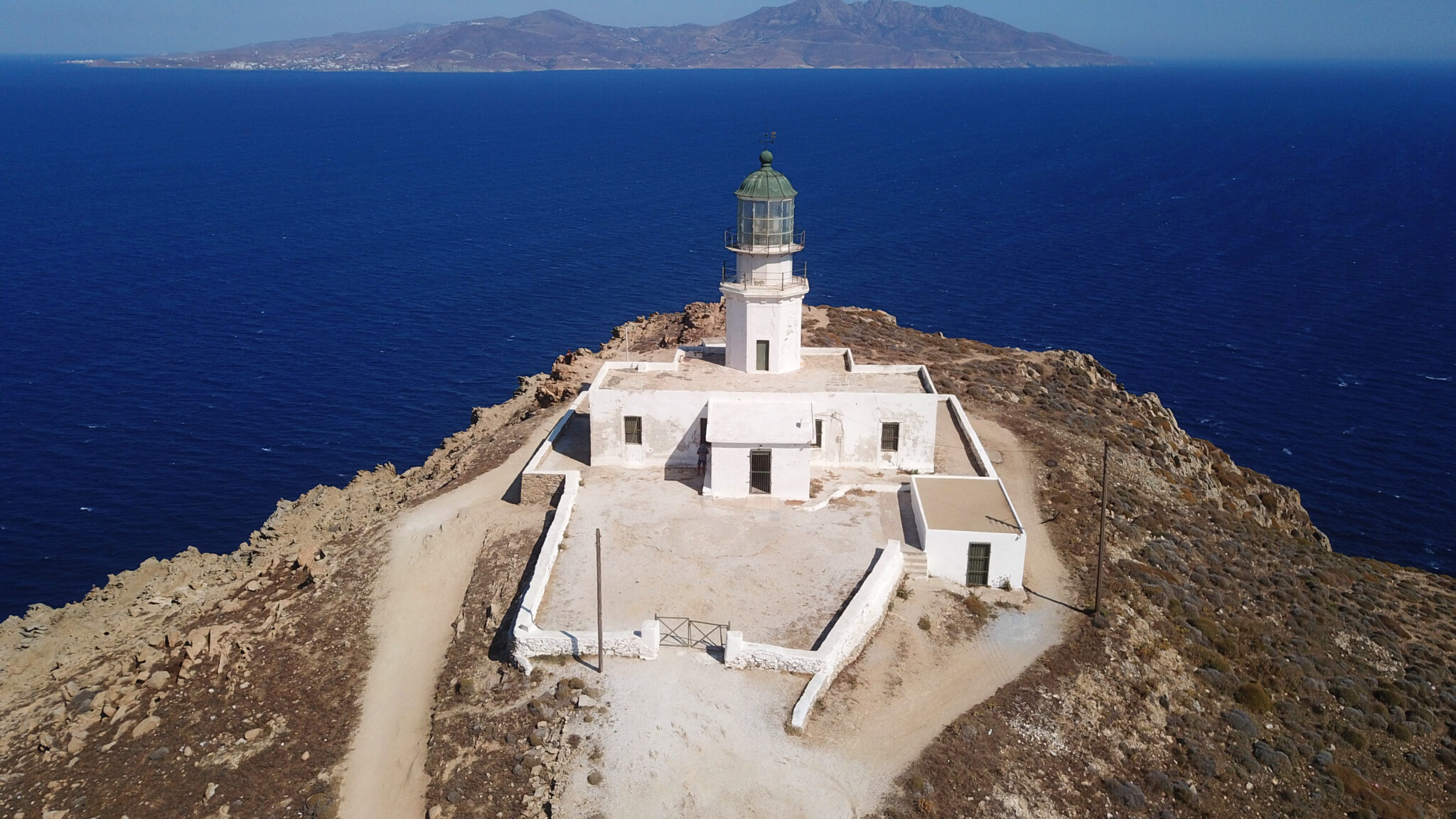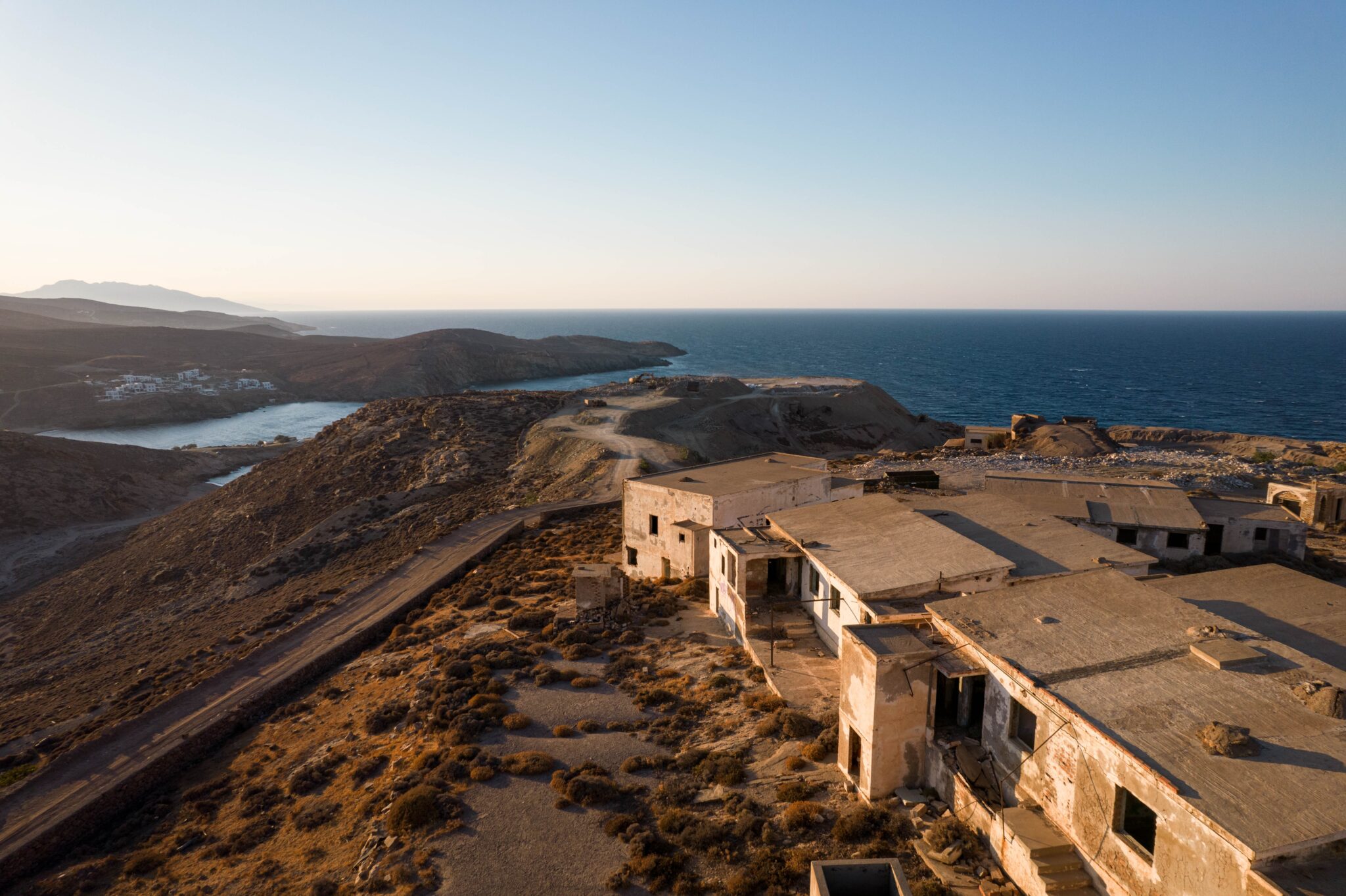Along with Santorini, Mykonos is the best known of the Cyclades but perhaps not the best understood. Scrape away the luxurious and glamorous façade and the true character of the island shows its face. To thoroughly explore Mykonos’ fascinating attractions, having a car is crucial since many are situated away from town.
The Armenistis lighthouse
One of the most interesting lighthouses of the Cyclades, it was built on the cape of Armenistis in the north of Mykonos in 1891, after the English steamship Volta sank with a loss of 11 lives. The lighthouse operated with its original mechanism until 1983, when it was replaced by an automatic one. The old mechanism is now on display at the Aegean Maritime Museum. The views across to Tinos and back over Chora are best appreciated at sunset as the island wakes and lights begin to flutter.
The monastery of Agios Panteleimon
Marathi is home to one of the three monasteries of Mykonos, Agios Panteleimon, founded in 1665. It is impressive with a square fortress-like architecture. The frescoes in the Katholikon date back to 1820 while the icons in the iconostasis are the work of a local hagiographer. July 27th is the feast day of the Saint and the faithful are blessed here in a candlelit procession.
The mines of Mykonos
On the eastern tip of Mykonos, near the area of the coast called Tigani, are the old mines of Mykonos. At the beginning of the 20th century, the white mineral barite was mined here. Abandoned in the 1980’s, the buildings and machinery have crumbled and rusted leaving behind a dystopian landscape.
The fortified towers
Scattered across the Mykonian hinterlands are round or square towers that testify to the existence of an old defensive system that protected farms and settlements. The tower of Lino is the most important; surrounded by ruined Byzantine chapels, a few ruins are preserved of the enclosure which may have served as a garrison fort. At Portes, above Platys Gialos beach, there is another with three monolithic granite blocks forming a doorway visible against the skyline like a mini-Stonehenge.

The famous Mykonian weavings
From the 17th to the 20th century, local women produced colourful weavings in many different designs. Made of silk, flax and cotton, they found fame in the 1950”s as foreign magazines and travel guides featured the Cycladic island, supplementing their articles with photographs of the creations of local weavers.
At the time there were about 500 weavers in Mykonos and many backyards and warehouses were turned into showrooms and shops in the summer months. The industry dwindled but a handful of weavers keep the tradition alive and stoles, throws and scarves made on looms with the old patterns are still sold in some shops in Chora.
The Mykonian festivals
The locals throughout the year celebrate over 80 festivals in the churches of Mykonos. The spirit of filoxenia prevails; all are welcome, even strangers. The fast island rhythms are played on the traditional instruments, the sambouna and the toubaki, and the festival-goers dance, drink and eat long into the night.








